There have been calls for Indians to learn their history from books rather than ill-informed WhatsApp messages, after a Bollywood film featuring the Mughal emperor Aurangzeb triggered communal tensions in parts of the country. The film is called Chhaava – meaning "lion cub" – in which 40 minutes out of 136 are dedicated to depicting how Aurangzeb tortures and finally executes Sambhaji Maharaj, a valiant Hindu ruler.
Sambhaji is the lion cub in question because he is the son of the great Maratha leader, Shivaji, who has a devoted following in the state of Maharashtra. After watching Chhaava, a Hindu viewer in Gujarat tore down the cinema screen. Multiple videos circulating on social media show viewers, including children, crying and shouting anti-Aurangzeb (and anti-Muslim) slogans. Subtlety is not the film’s main strength.



“Thus, it joins the cohort of over 20 blatant propaganda films made recently, such as The Kashmir Files, The Kerala Story, The Vaccine War, Article 370, Bastar – The Naxal Story, Swatantrya Veer Savarkar, JNU: Jahangir National University, The Sabarmati Report, and Samrat Prithviraj.“And Chhaava, like some others, was endorsed by the prime minister (Narendra Modi) and other ministers, and made tax-free in certain BJP-ruled states.”

So who was Aurangzeb, and why is he such a divisive figure in Indian history?
There could not be a greater contrast between him and Akbar, the third of the Mughal emperors who took a number of Hindu wives and went out of his way to ensure his brand of Islam and his reign were inclusive. Muhi al-Din Muhammad (November 3, 1618 – March 3, 1707), commonly known by the title Aurangzeb and also as Alamgir I, was the sixth Mughal emperor, reigning from 1658 until his death at the age of 88.
His father, Shah Jahan, best known for building the Taj Mahal, wanted his more progressive eldest son, Dara Shikoh, to succeed him. But there was no Mughal tradition of primogeniture, the systematic passing of rule, upon an emperor’s death, to his eldest son. Instead, it was customary for sons to overthrow their father and for brothers to murder each other to get the throne. Which is what happened.
On August 10, 1659, Dara was executed on grounds of apostasy and his head was sent to Shah Jahan. Aurangzeb had another brother, Prince Murad Baksh, apparently an ally, held for murder, judged, and then executed. Having secured his position, Aurangzeb confined his frail father at Agra Fort, where he was cared for by his daughter Jahanara, and died in 1666.
Under Aurangzeb’s reign, the Mughal empire spanned nearly the entirety of the Indian subcontinent. His tomb is located in Khuldabad, Aurangabad district, in Maharashtra. At his own direction, he was buried in an unmarked grave at the complex of the dargah or shrine of Sheikh Zainuddin, a Sufi who was his “spiritual and religious teacher.”
Chhaava is a Bollywood interpretation of Aurangzeb’s conflict with Sambhaji, who was born on May 14, 1657, at Purandar fort. He became the second Chhatrapati (ruler) of the Maratha Empire after his father, Shivaji, the great warrior, died in 1680.
Sambhaji Maharaj ruled from 1681 to 1689, continuing the Maratha struggle against the Mughals. After initial successes, he was captured by Aurangzeb in 1689, and brutally executed. He is remembered for his courage and resilience, refusing to convert to Islam even under torture.
In Chhaava, Aurangzeb is played by the actor Akshaye Khanna, and Sambhaji by Vicky Kaushal. One critic said Khanna had “a chilling, restrained portrayal of Aurangzeb and that his silent menace is a contrast to Kaushal’s fiery energy.”
“Aurangzeb has been a deeply polarizing figure in Maharashtra, and controversies surrounding the Mughal ruler keep cropping up in the state’s political discourse frequently,” was the restrained comment from India Today magazine. In the Maharashtra state assembly, one member provoked outrage by delivering a positive judgment on Aurangzeb.
Abu Azmi was suspended from the assembly after claiming that certain aspects of the movie Chhaava were historically inaccurate and that Aurangzeb was a “good administrator.” “I don’t consider Aurangzeb a cruel ruler – wrong history is being shown (in Chhaava),” he said. “Aurangzeb built several temples.” A Muslim cleric, Maulana Shahabuddin Razvi, the national president of the All India Muslim Jammat Dargah Aala Hazrat, has written to India’s home minister, Amit Shah, urging him to take legal action against the filmmakers.
His arguments were not unreasonable: “The atmosphere of the country is deteriorating since the release of Chhaava. Hindu youth have been incited and provoked by showing Aurangzeb as anti-Hindu. This is the reason why leaders of Hindu organizations are giving hate speeches against Aurangzeb.” Although he has been a nationalist leader in the past, Raj Thackeray, leader of the Maharashtra Navnirman Sena, told people caught up in the Aurangzeb controversy: “Hindus who feel awakened after a movie are of no use.
“Did you learn about Sambhaji Maharaj’s sacrifice because of Vicky Kaushal and about Aurangzeb because of Akshaye Khanna? Stop reading history on WhatsApp and delve into history books. People are made to fight in the name of history.”
He added: “History should not be viewed through the prism of caste and religion. We have forgotten the real issues of the present time.”





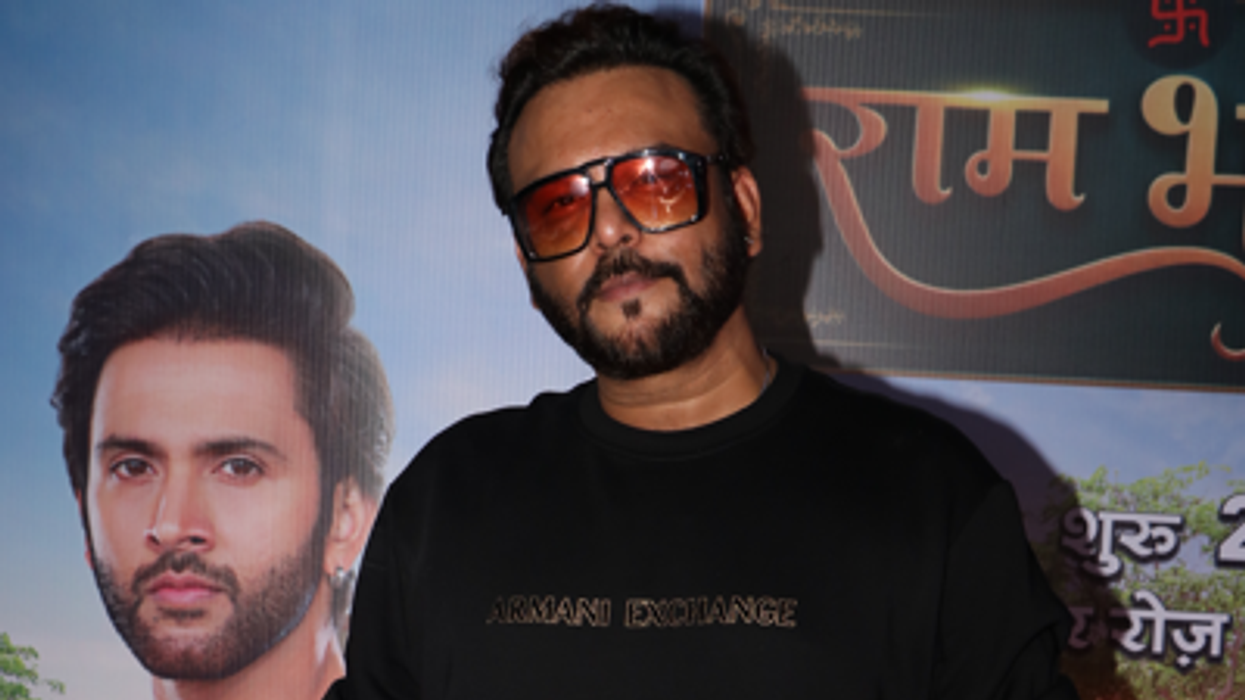
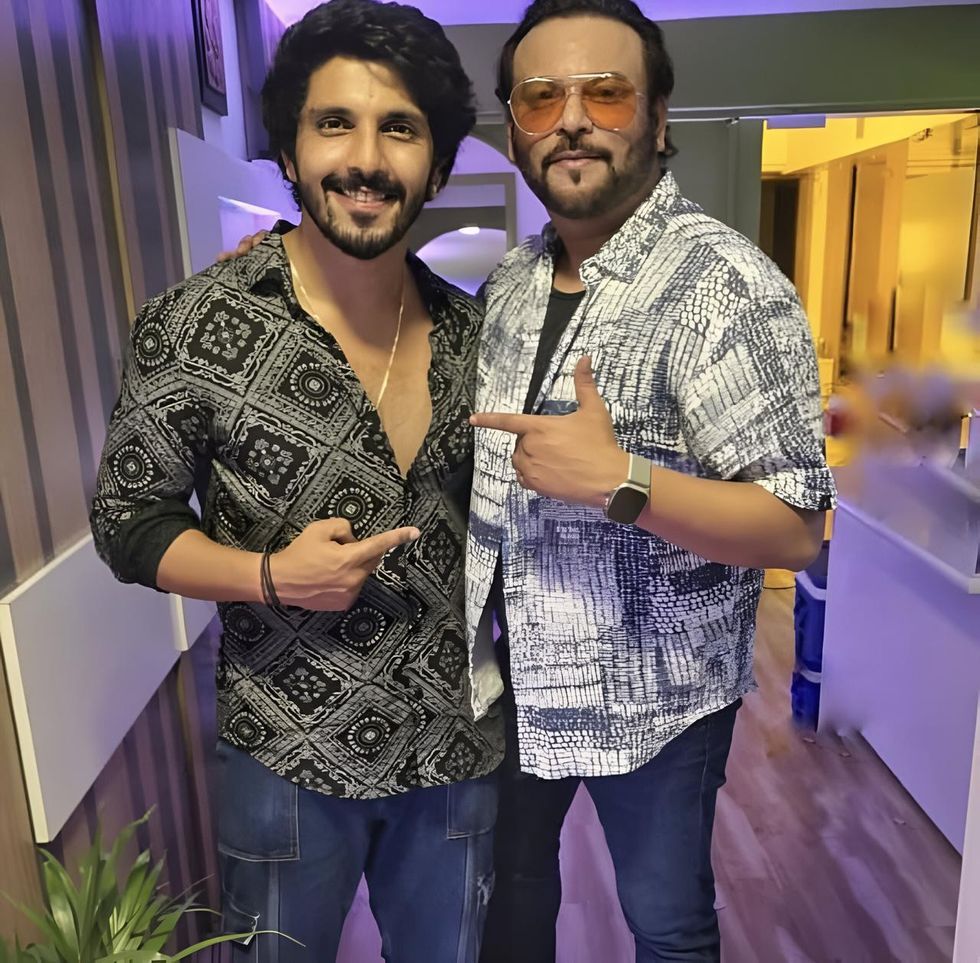 With actor Kanwar Dhillon in 'Ram Bhavan'Instagram/ rahultewary
With actor Kanwar Dhillon in 'Ram Bhavan'Instagram/ rahultewary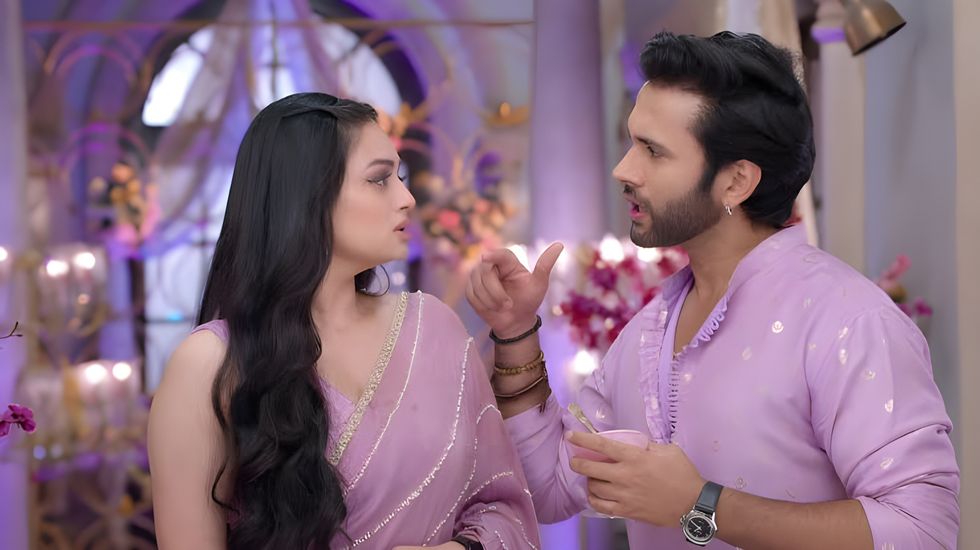 Udne Ki AashaScreen Grab 'Udne Ki Aasha'
Udne Ki AashaScreen Grab 'Udne Ki Aasha'










 Mrunal Thakur in Sita Ramam
Mrunal Thakur in Sita Ramam  Director Anjali Menon
Director Anjali Menon Actress Nayanthara
Actress Nayanthara
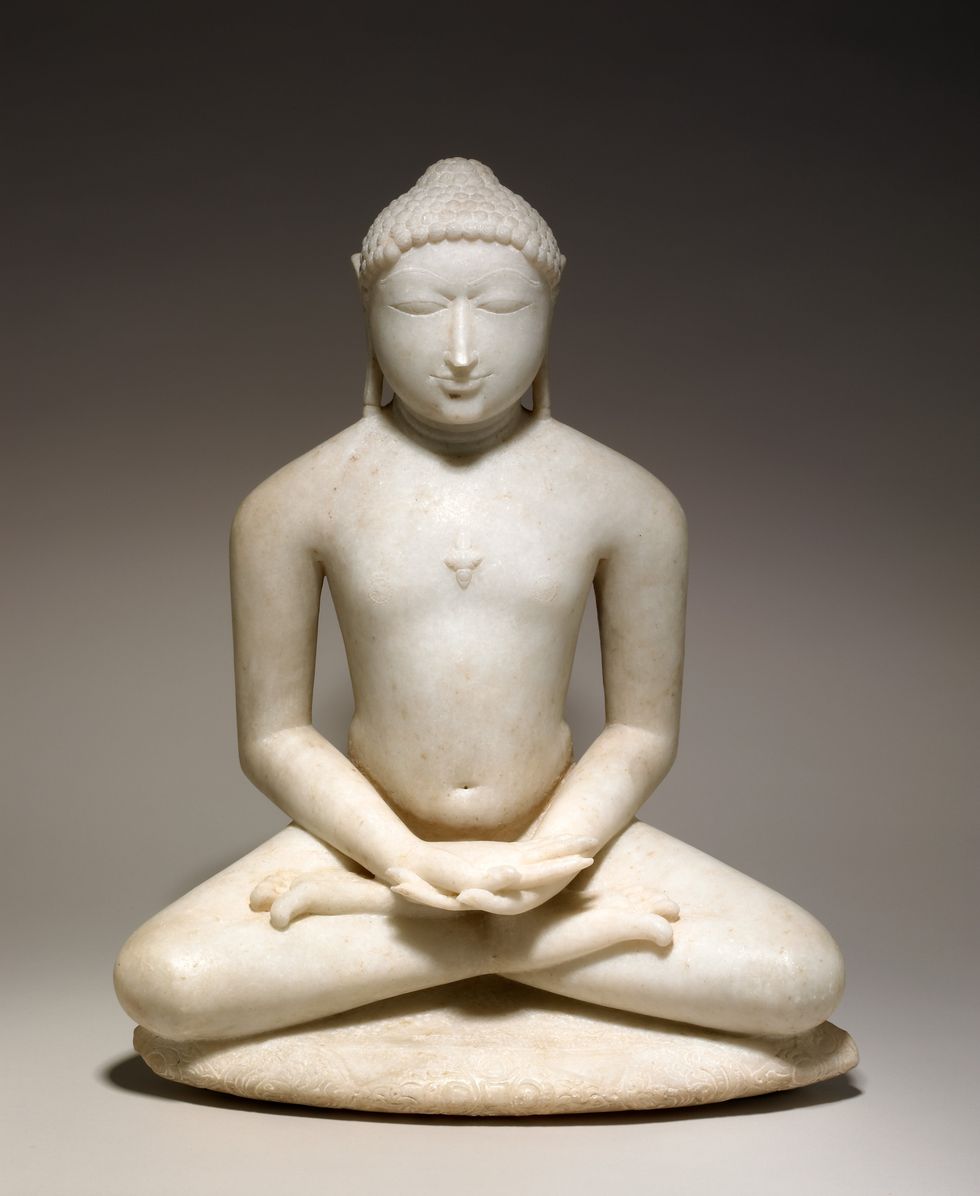 Seated Jain enlightened teacher meditating, about 1150-1200The Trustees of the British Museum
Seated Jain enlightened teacher meditating, about 1150-1200The Trustees of the British Museum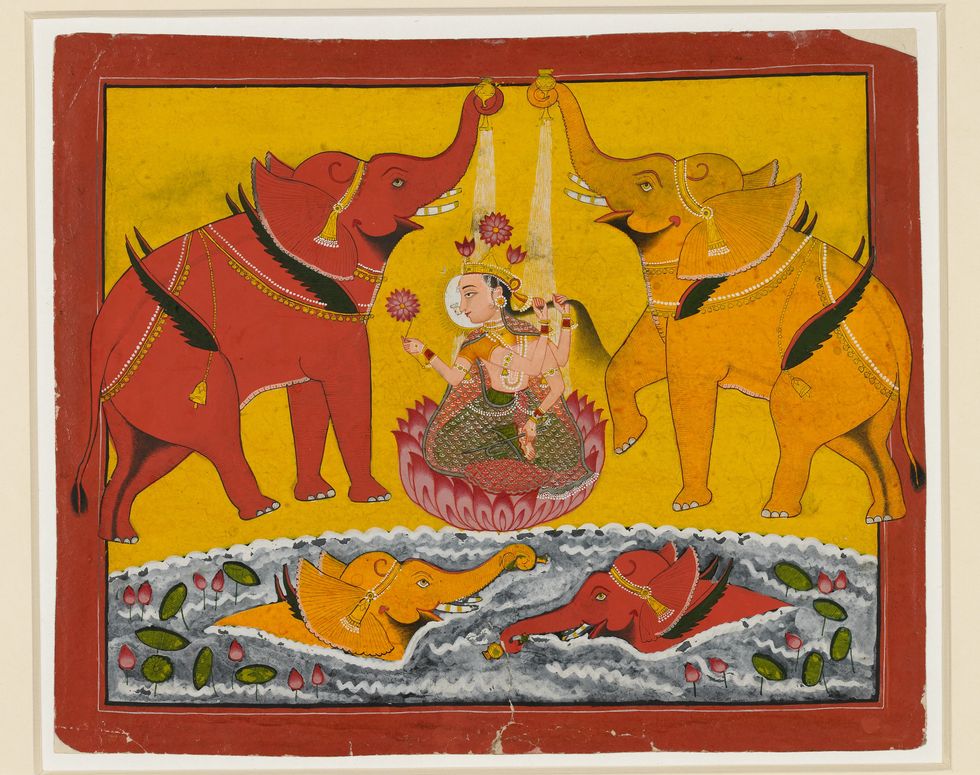 Gaja-Lakshmi ('Elephant Lakshmi') goddess of good fortune, about 1780 The Trustees of the British Museum
Gaja-Lakshmi ('Elephant Lakshmi') goddess of good fortune, about 1780 The Trustees of the British Museum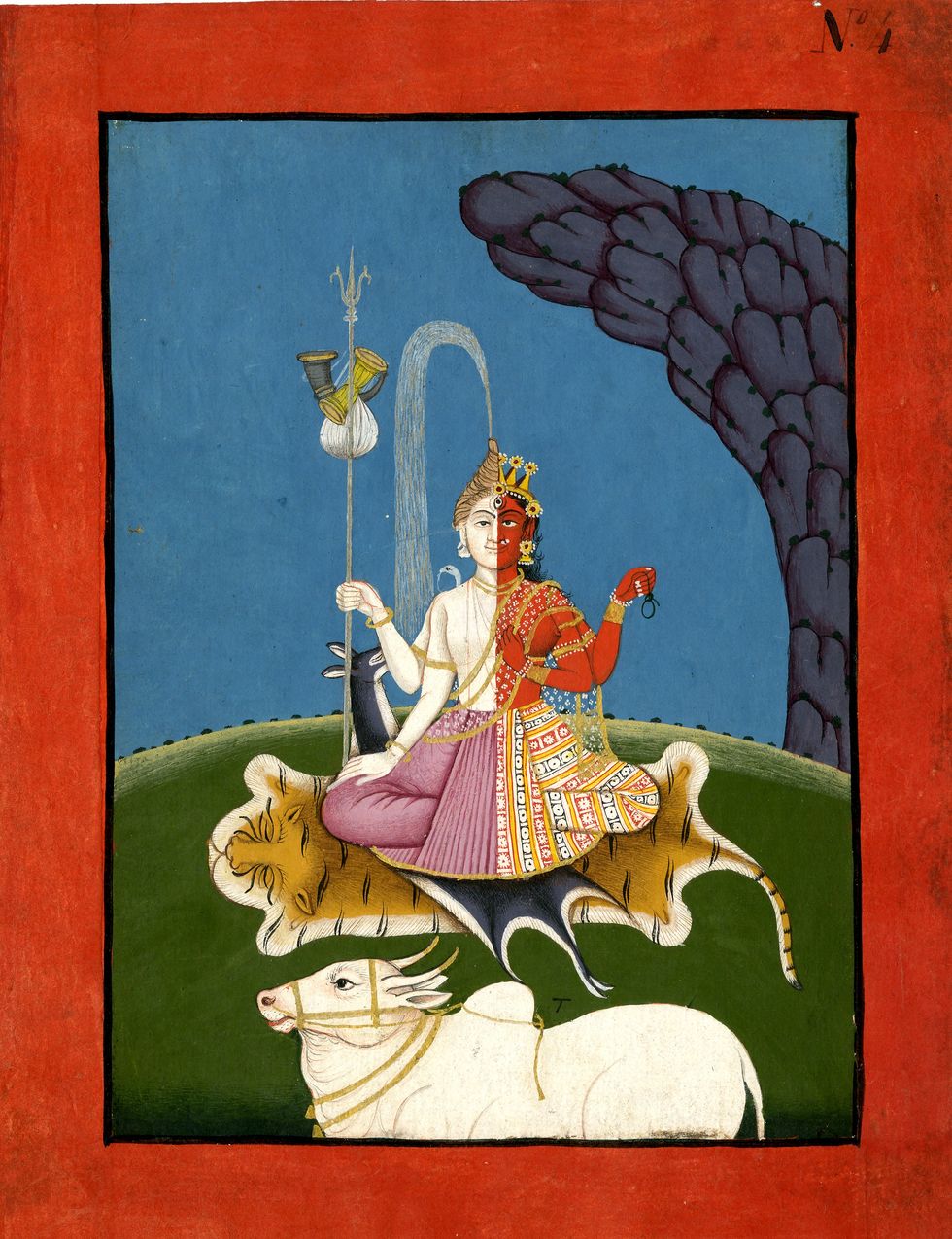 Ardhanarishvara, lord who is half woman, Shiva and Parvati combined in one deityThe Trustees of the British Museum
Ardhanarishvara, lord who is half woman, Shiva and Parvati combined in one deityThe Trustees of the British Museum
 Stunning still from the Songs of the BulbulAngela Grabowska
Stunning still from the Songs of the BulbulAngela Grabowska Stills from Songs of the BulbulAngela Grabowska
Stills from Songs of the BulbulAngela Grabowska
 Manmeet K Walia
Manmeet K Walia Salima Hashmi
Salima Hashmi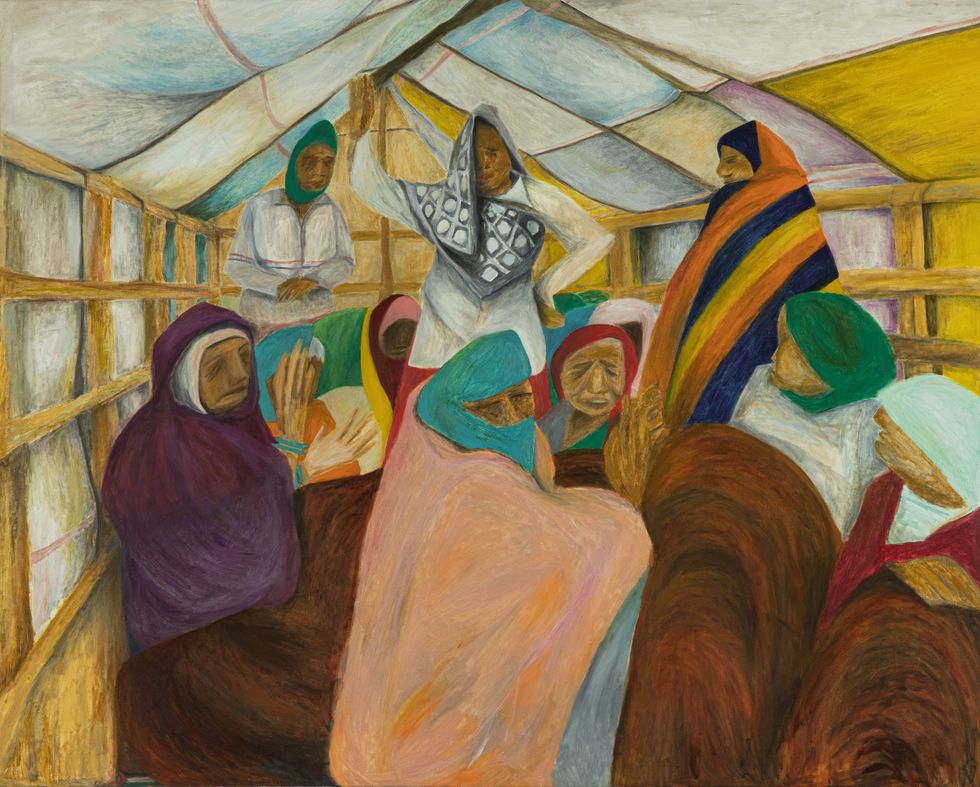 Tikri Border, Haryana-Delhi by Aban Raza
Tikri Border, Haryana-Delhi by Aban Raza